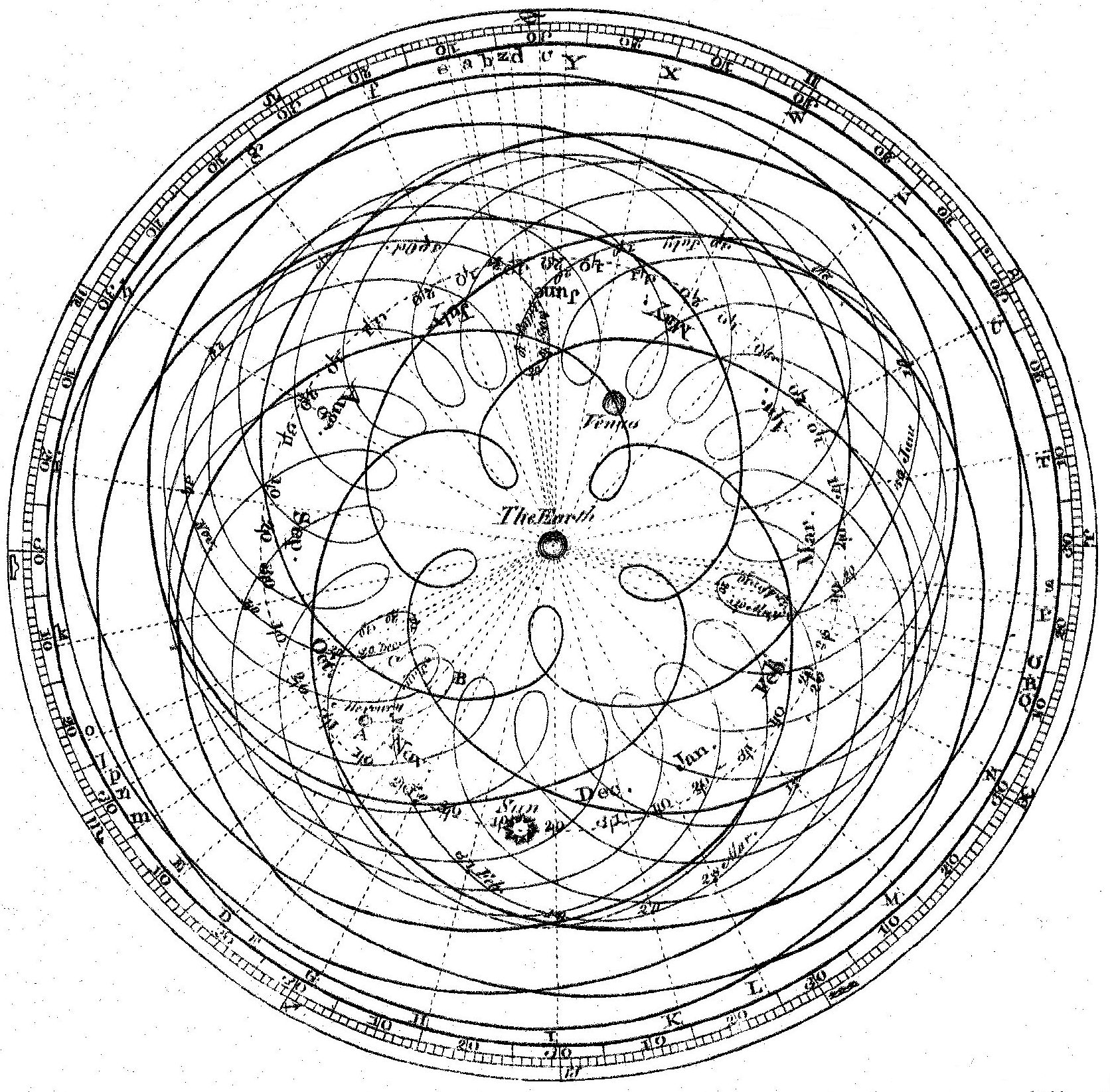
Introduction
February 24, 2019
Hi, welcome to my blog - it's a place for me to share my experiences co-founding and helping grow two technology businesses to scale. I'm a developer at heart so it will mostly be about the tech, but it will also be about the intersection of technology, business, leadership, society and ethics.
Along the way, I hope to explore the history of our discipline. Over the years I've noticed how frequently the solution to a problem I was facing had been developed many years before. So began my fascination with the trajectory of ideas: how they are shared, diluted, abandoned, and reinvented, each time with a new spin in a new context.
About the Name
For a while I was calling this site (and my coaching/advisory business) "Dev Cycles". Although I no longer use that branding, this is an explanation of the name, as I still find it interesting! Dev Cycles is a reference to the software development life-cycle, which describes a general process of software development from concept to outcome.
The banner image above is tangentially related - it's a slice from a diagram of epicycles in the Geocentric model - an ancient idea in the history of astronomy (which turned out to be very wrong!) trying to explain what was at the time inexplicable - the motion of the planets and stars.

Apart from the name association, the metaphor continues:
- The epicycles themselves relate to the cyclical nature of technology trends - fads come and go like dancing planets.
- I hope to use this blog to tell stories about the evolution of ideas, and the journey from epicycles to the general theory of relativity is surely a gold standard in the field!
- I have often felt like I was trying to solve a technical challenge with a conceptual framework that was as ill-equipped to understand the work ahead of me as epicycles were to explain the motion of the heavens.
Image: Cassini_apparent.jpg by James Ferguson (1710-1776), based on similar diagrams by Giovanni Cassini (1625-1712) and Dr Roger Long (1680-1770); engraved for the Encyclopaedia by Andrew Bell. - Encyclopaedia Britannica (1st Edition, 1771; facsimile reprint 1971), Volume 1, Fig. 2 of Plate XL facing page 449. Sourced from wikipedia.
Join the Conversation
An aspiration of this blog is to explore a connection with the origins of ideas, so I value any personal stories and experiences that add flavour and context.
Please join the conversation and leave a comment - a critique, an observation, or a memory of your own experiences - all welcome!
